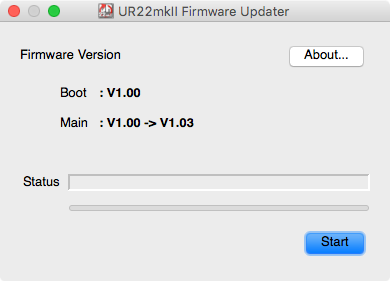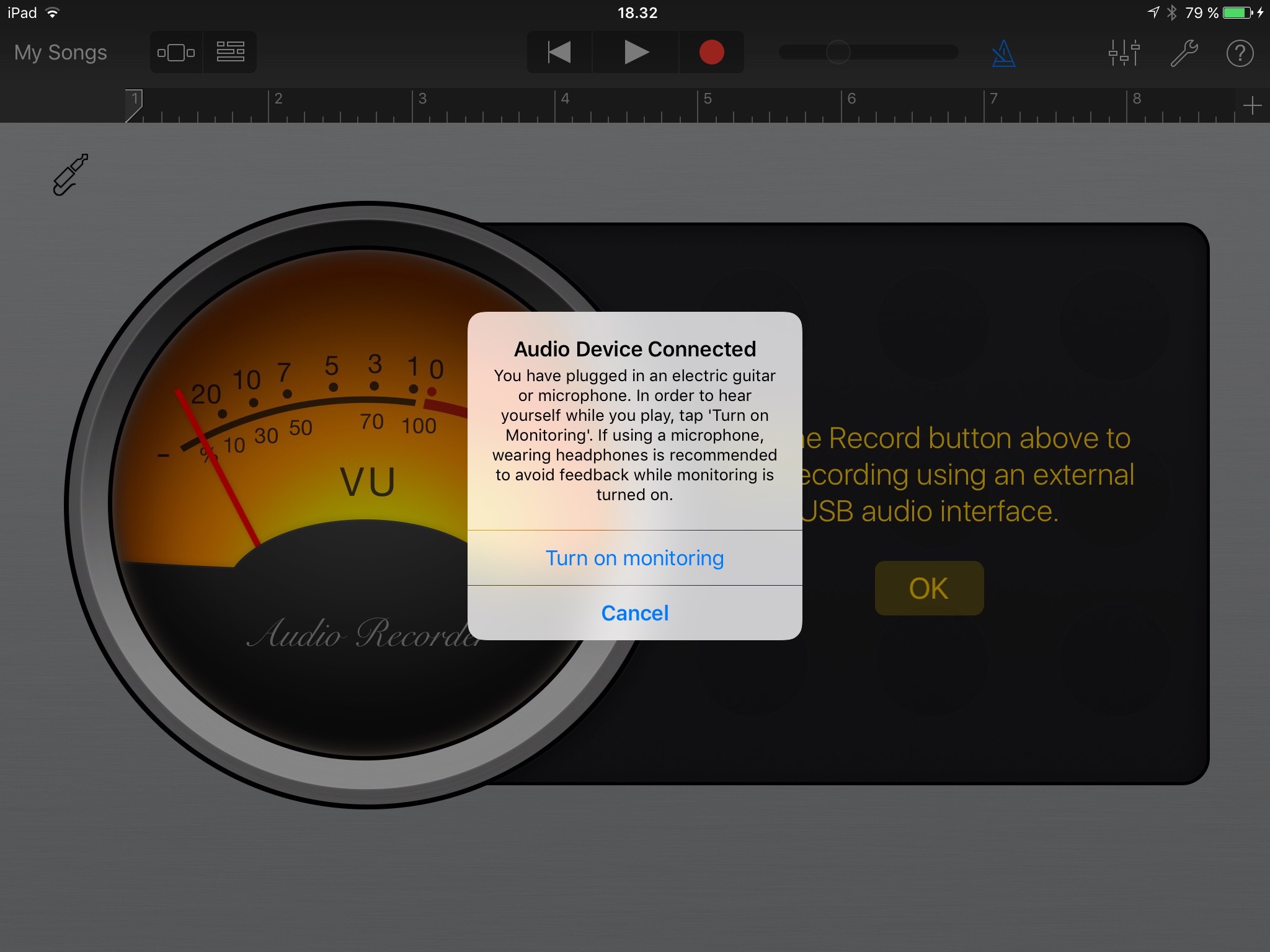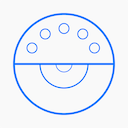Three weeks ago I got a new iPad after four years. I replaced my iPad 3 (of 2012 vintage) with an iPad Air 2, and the difference in speed is obviously huge. As software demands have grown, the old iPad 3 (the first one with a retina display) simply has not been able to keep up, even though it could be updated all the way to iOS 9.3.4.
When I got the new iPad Air 2, I immediately updated it to iOS 10, but when, a week later, I started a recording session with my Steinberg UR22mkII*, I noticed that the playback and recording suffered from stuttering and crackles. A quick web search resulted in similar complaints from others with the same or similar hardware combination, but also a message from Steinberg about the issue being recognised and a promise of a forthcoming firmware update to the UR22mkII.
The firmware update was published a week ago, and today I got the chance to install it. Based on quick testing with Apple’s GarageBand for iOS**, KORG Gadget** and Native Instruments’ iMASCHINE 2**, it looks like the problem is truly fixed now. Here is some more detailed information; note that all of this applies to OS X only; for Windows, just read the release notes and the update guide included with the firmware update. There is an update available also for the Steinberg UR12*, if you happen to have that other handy iPad-compatible audio interface.
To update the firmware you need to have at least version 1.9.9 of the Yamaha Steinberg USB Driver, which I had, but there was version 1.9.10 available, so I grabbed and installed that first. Of course, installing the USB driver requires a restart. I’m running OS X El Capitan version 10.11.6 with OS X Server 5.2** on my main studio iMac. As they say, “one does not simply reboot a Mac”, especially one running OS X Server, but I took a plunge for the betterment of all things. (Of course, you might want to ask why I’m running OS X Server anyway, and on the main studio computer. Well, I’m using it for software development also, and as a Continuous Integration host for Xcode Server. So now you know.)
After the driver update, it was a quick matter to connect the UR22mkII to the iMac with USB, fire up the Firmware Updater and hit Start.

Steinberg UR22 mkII firmware updater starting
Firmware updates are always just a little scary – something could go wrong, and you could end up with an expensive brick in your hands. But that never happens, right? This time at least it didn’t, even though on the first attempt the Firmware Updater complained that it couldn’t find the UR22mkII, even though the white USB light was glowing steady. Unplugging and replugging the unit did the trick, and after just a few seconds the update was completed.

Steinberg UR22 mkII firmware updater completed
Then came the bit that had originally caused the problem, namely the iPad running iOS 10. I bought an Apple Lightning to USB 3 Camera Adapter*, which does more than its name implies: it allows you to connect a USB device like the UR22mkII into your iPad’s Lightning socket with USB, while allowing the iPad to charge through it, because it has its own Lightning socket. Brilliant!
Since the iPad can’t power the UR22mkII, I connected a USB charger (an old Nokia unit from some Lumia phone) to it and set the power source switch to “5V DC”. Now both devices were powered separately. There were no problems with playback from KORG Gadget and Native Instruments iMASCHINE 2.
I plugged my RØDE NT-1A microphone* into the UR22mkII and turned on the 48 V phantom power it needs, being a large-diaphragm condenser. A quick recording test with GarageBand for iOS yielded a nice sound captured through the Yamaha D-Pre microphone preamplifier on the UR22mkII, as expected.

Audio device successfully connected to GarageBand on iOS
Naturally I also tested with Steinberg’s Cubasis LE 2**, the version of Cubasis which is unlocked out of demo mode by the presence of a UR22mkII or UR12 unit and is upgradeable to the full Cubasis with an in-app purchase. For other audio interfaces which unlock Cubasis LE, see the app home page. With other gear (or no gear, relying solely on the iPad), you could go straight to the full Cubasis 2**.
It was also an eye opener, or should I say ear opener, to hear the iPad sounds from proper studio monitors – in my case, a pair of Genelec 8010A* powered monitors. While the iPad Air 2 has a headphone socket, any solution that relies on audio to be distributed to studio-grade monitors through it will lose to a digital audio out from the Lightning connection and onto the DAC (Digital to Analog Converter) of the UR22mkII or a similar audio interface. If you’re interested in reading more about the technology, there is a nice product development story about the UR series published by Steinberg.
It’s good to see that Steinberg and Yamaha are backing their nice and affordable hardware with software solutions, too. The identification and fix for the iOS 10 problem was quite quick for such a large company, so kudos to the people who made it happen in a timely manner.
All the gear mentioned in this article was paid for and remains in active use in my studio, so no freebies here! If you are in the market for this kind of gear, why not give Musikhaus Thomann* a try. All the links marked with * take you their huge web shop, and if you buy something from them as a result, I get a small referral. Same thing with the App Store or Mac App Store, but those links are marked with **. Thanks for your support!

